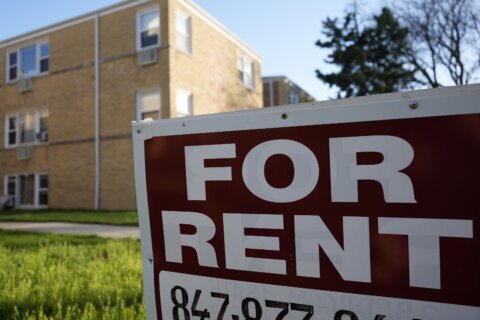Tiny house living has been a growing trend over the past few years. In fact, there are numerous television programs that follow supporters of the lifestyle. In an effort to scale back, live in a more environmentally-friendly way and be more frugal, tiny house supporters have cast aside sprawling homes in favor of much tighter living quarters. For those of you still unfamiliar with the concept, it’s a house that is 500 square feet or less in size.
According to the American Enterprise Institute, the average house size has increased more than 1,000 square feet from 1973 to 2013. With that fact in mind, it’s understandable why some people pursue the tiny living model instead. A starter home for a couple or small family doesn’t need to be nearly 3,000 square feet.
A smaller house can mean less consumption and mindless spending and a more positive impact on the environment. But there are also other factors to consider when weighing whether it makes sense for you and your budget to join the tiny house movement. Here are three reasons why living in a tiny home can end up costing you more money, not less:
1. It’s not sustainable.
The main argument against living in a tiny home is that it’s not sustainable. That argument makes sense. Consider some of the following questions: Will your family grow to include additional members? Do you or your family members prefer privacy? What are you going to do when you’re too old to climb over your kitchen to get in your bed? Where are you going to store personal keepsakes that you don’t want to part with?
Those are just but a few of the questions to consider. For some people, answering these questions might confirm that a tiny house is right for them. But that will be true for a very small portion of the population.
2. It’s too expensive.
How can a tiny house be expensive? Many who pursue tiny house living do so to spend and consume less. When you look at the cost of an average tiny house compared to more traditional homes, you actually see tiny houses often cost more, relatively speaking.
Forbes reports the average cost of a tiny home is $200 to $400 per square foot. Compare that against what a standard house costs per square foot. The 2010 Census breaks down the average cost of a new, single-family house at just over $84. The highest region of the county, the Northeast, averages just over $110.
A quick check reveals that a tiny house is anywhere from two to nearly five times higher than the cost of a single-family home. They also tend to come with less land attached.
3. Potential legal issues.
Zoning related to tiny houses pose another issue. As many tiny houses come on wheels, they can run into issues with municipalities who have little to no legal establishments for tiny house dwellers.
This isn’t meant to say living in a tiny house is illegal, per se, but rather that many regions of the country simply aren’t set up to allow for tiny house living. Safety issues, potential difficulties hooking up to utilities and more can lead to expensive and time-consuming legal challenges.
As long as you are mindful of these challenges to frugality, then tiny house living might still make sense for you. The point is to be mindful. Benefits include lower utility bills, less of a temptation to fill your home with expensive things and a lower or no mortgage.
The desire to live more frugally and be free of debt are great things to pursue. But you can also reduce your impact on the environment while living in an average-sized house.
Living in a tiny house has been glamorized as a way to cut down. That might work for some people, but for others, the factors mentioned above can change the equation. Be sure to consider all costs, including long-term ones, before deciding to move into a tiny house. Ultimately, the best frugal choice for you depends on more than just the size of your home.
More from U.S. News
10 Fun, Frugal Ways to Spend Your Free Time
12 Frugal Ways to Save on Vacation
10 Ways to Save on Your Wardrobe
Why Tiny House Living Isn’t Always the Frugal Choice originally appeared on usnews.com







